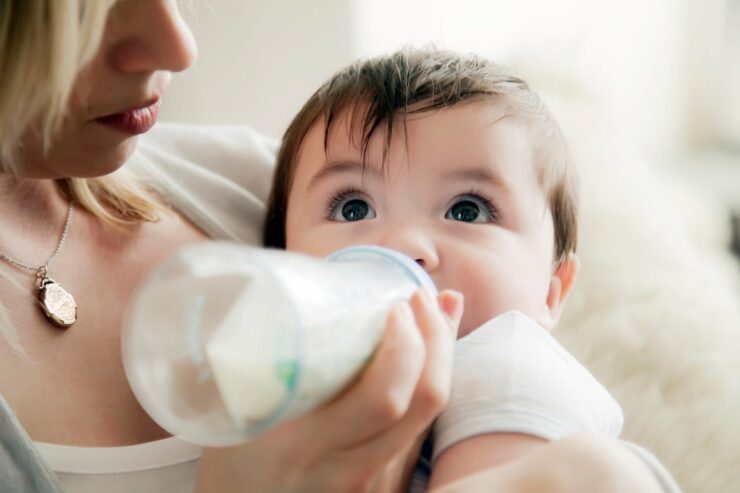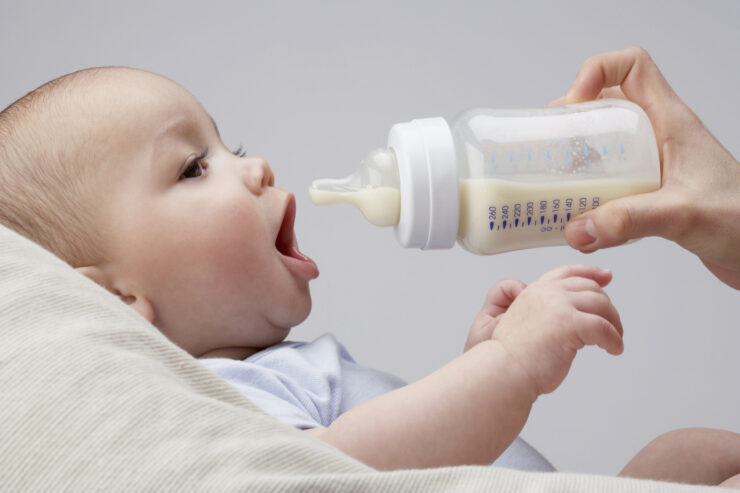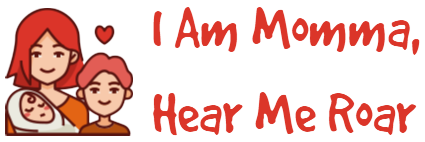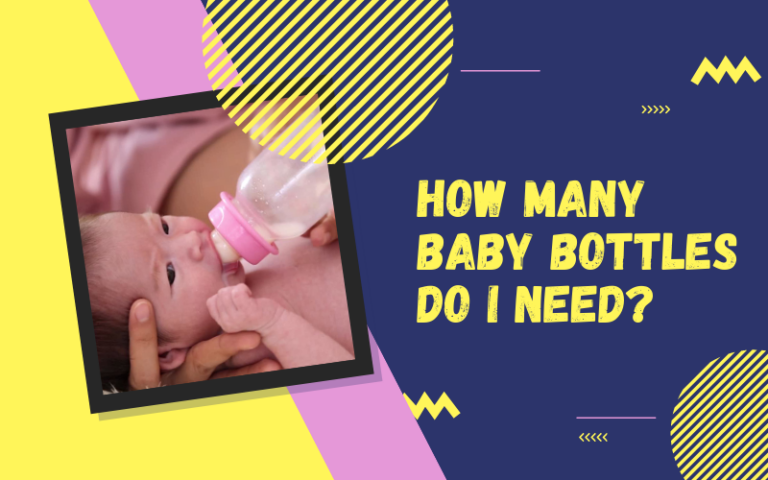If you are ready to start bottle feeding, the first question that comes to mind is, “how many baby bottles do I need?”
If you’ve asked yourself this question, then this article is for you. And if you are reading this, you definitely are looking for answers to this question.
By the end of this article, you should be able to determine how many baby bottles you need and which one you should choose.
It’s important to know that
Deciding on how many baby bottles you need is one of the most important decisions you have to make as a parent.
Whether you are new or experienced, you should know how many units you should have. When looked at closely, you’ll soon see that it’s all about convenience.
Both for you and your baby. And getting the right number is a great way to make a bottle-feeding your baby easier.
How Many Baby Bottles Do I Need?

If you are exclusively breastfeeding, you’ll probably need only 1 or 2 bottles. However, if you are pumping and not nursing at all, you’ll need 5 bottles or more.
But if you combine both, then around 3 bottles should be enough for you.
Remember that babies eat quite differently, so the number of bottles you select should reflect how much your baby can consume.
When your baby is still a newborn, they can feed as much as every 3 hours. Only as they grow can this reduce. Also, it all depends on how you plan to use the bottles.
If you are just using them for bottle feeding, you should have at least 2 bottles. And there is no maximum to the number of bottles you should have.
Don’t forget that when you have more, you’ll need more space for storing them.
Having said that, it’s usually better to have more baby bottles since you have plenty of clean bottles handy at any point in time.
This is a lot more beneficial compared to having just one or two. It also saves you time when you get busy and can’t watch the bottles as frequently as you normally would.
Consider Your Budget
When deciding on how many bottles you need, you should also put your budget into consideration.
Even though baby bottles are some of the cheapest items you’ll purchase for your baby, the expenses can be significant when you are buying more than a few at a time.
For example, if you decide on 5 bottles, the aggregate amount of the bottles may be too much to put down at a time. For this, just purchase what you can afford now and buy the rest later.
Consider the Convenience
No matter how you look at it, the number of bottles you have is proportional to the ease you want to get from it. When you have enough bottles, you won’t worry too much if one of them becomes unusable.
And sometimes, a bottle may be too small or too big for preparing specific baby food. You can easily check through your bottles and choose one that fits.
How Many Bottles Do I Need If Breastfeeding?
As a mother, one of the questions you should ask yourself is, “how many baby bottles do I need if I’m breastfeeding?” If you do, the answer is, “It depends!”
As a breastfeeding mother, you should have at least 3 bottles. This will make it easier to clean up. And makes life easier if you are supplementing with formula or are pumping.
Another thing is that you aren’t going to need as many baby bottles as someone who is not breastfeeding. Unless, of course, you are working while breastfeeding.
Washing Your Baby Bottles
To make washing your baby bottles easier, you should rinse them after use. After rinsing it, you can refrigerate the bottle too. This will help to prohibit bacteria growth.
When washing plastic baby bottles, always use gentle or warm water. Using hot water might melt the bottle or even make it unusable after a while.
Another thing is to ensure you are using a safe and gentle baby dish soap. This shouldn’t have any chemical materials.
Avoid conventional dish soaps as they often contain harmful ingredients that may transfer to the bottle.
What Kind of Bottles Should You Buy?

Now that you have an answer to the question of how many bottles do I need, you should also know what type you should get.
This is another question moms care about. Most of the baby bottles on the market today are cheap. And for this reason, you have a long list of options to choose from.
Usually, manufacturers release different bottle designs that suit different applications.
Avent Baby Bottles
One of the most popular baby bottle design out there is the anti-colic models. With the Philips Avent bottles being the leading brand.
These bottles often have vents (small holes on the tip of the nipple) where the air is released from the bottle. This ensures that only milk goes to the baby’s tummy.
These bottles are designed to reduce or eliminate colic, gas, or reflux in babies. If your baby is suffering from spit up, this is the kind of bottle you want to choose.
Bottles for Preemies
Another type is preemie bottles, which are usually small in size. These bottles come in different sizes with the smallest of them being suitable for a preemie.
It often helps a preemie feed much easier and faster than ordinary bottles. Some come with more than 1 unit in the package so they can grow with the baby.
This also helps in reducing the cost and effort you’d otherwise spend looking for another brand once your baby outgrows the current one.
Bottles for Left Palate
This is another common type of baby bottle especially among parents of special needs children. If you happen to fall into this category, you should definitely check out some of the designs here.
They are structured in such a way that a left palate baby can feed on them with ease.
Bottles for Growing Babies
Some baby bottles come in different sizes with different nipple designs. The most common are bottles that come with slow flow nipples and ordinary nipples.
This kind of nipple design is most suitable for breastfed babies and preemies since they provide an easier way to bottle feed.
Some packages include bottles in groups from the smallest to the biggest. You start with the smallest one and move to the next until your baby can use the biggest one.
The most popular in this range are Philips and Dr. Brown’s baby bottles.
Bottles for Easing Transitioning
Some bottles are specifically designed to ease the transition from breastfeeding to bottle-feeding.
These bottles have a special design that imitates the breast so that the chances of confusion are less when your baby is first introduced to the baby bottle.
It also enables them to latch onto the bottle without feeling it’s different from what they are used to, thus reducing rejection. The most popular product in this range is the Comotomo baby bottle.
The others include a wide-neck design which is commonly seen with Dr. Browns, one of the most popular baby bottle manufacturers.
Choosing the Right Baby Bottle
Now that you know the kind of baby bottle to buy, how do you choose the right one?
The first thing you need to consider is what kind of material you want the bottle in. There are generally 4 materials in which baby bottles are made.
This will be explained further down this page.
When choosing any of these bottles, you want to think about which one is the safest. There is a huge debate about whether plastic or glass bottles are safe and which one you should choose.
This is based on some reports that plastic bottles contain materials that may be harmful to the baby. This makes many parents worried about which bottle to get.
It’s true that some bottles do contain material that might be harmful. This is known as BPA (bisphenol A) and that was in the past.
In fact, it was due to this that the FDA handed a ban preventing manufacturers from using the material in their sippy and baby bottles.
This means you can buy plastic bottles now. Just ensure the bottle has the symbol #1, #2, or #4, which means the bottle is made from polyethylene. And #5, which is made from polypropylene. Bot of these materials doesn’t contain BPA.
Different Types of Baby Bottles
The different types of baby bottles are:
- Glass – These are more durable but more expensive. There isn’t any risk of chemical substances or worry about BPA as in the case of plastic bottles. Another advantage is that they don’t leech anything into the formula or your baby’s milk. All of the bottles in this category are safe for your baby.
- Silicone – These bottle types are also free from BPA and unlike plastic bottles are flexible and scratch-free. Silicone bottles are dishwasher safe and can safely be heated. Although they are not as safe as glass or stainless steel bottles, they are still better compared to plastic.
- Stainless steel – These are the close friends of glass bottles in that they are more durable than plastic and silicone. In fact, they are not as breakable as glass baby bottles, which makes them even more appealing to a larger audience.
- Plastic – These are the most common type of baby bottles you can get for your baby. They are once ignored by parents for fear of containing chemical components. The FDA now requires that all plastic bottles be free from BPA, which now makes them as safe as the other types.
What Size Baby Bottles Do I Need?
This is totally dependent on your baby. If your baby is a newborn, you should go for the slow flow as it is more appropriate for babies at this stage.
As your baby grows older, you can move on to medium and fast.
In addition, the size of the bottle is not really dependent on your baby. It’s more about getting something you can watch easily.
If you want a bottle that your baby can easily hold, then go for small ones. The sizes of these make them light and easy for babies to handle. There are also standard versions that are more suitable for older babies.
Once your baby is above one year old, you should be looking for those that can easily be wielded. Fortunately, there are a lot of bottles on the market that’ll fulfill this.
Most importantly, choose the baby bottle size that’ll contain more food if you don’t want to buy many. The most suitable ones are standard-sized bottles.
The Philips Avent and Dr. Brown’s bottles are the most popular in this category.
Other bottles like the Comotomo come in smaller sizes but are easier to clean.
How to Care for the Baby Bottles
Make sure you don’t store formulas or breast milk in them if you are using plastic bottles. The best thing is to only prepare the food when your baby is ready to eat.
This way you don’t have to store any in the bottle. You also want to ensure you know the measurement that’ll be enough for your baby so you can avoid having leftovers.
If you are using glass baby bottles, then replace them when they have chips or cracks.
How Many Baby Bottles Do I Need? – Concluding Remarks
As you can see, knowing how many bottles you need for your baby involves quite a few things to know. The most important thing is to consider what you plan to use the bottle for.
This should be followed by your baby’s appetite for food. TAre he more thought you put into this, the more you’ll be able to arrive at the right number.
Fortunately, you don’t have to think too much. This guide is here to help you choose with relative ease.
If you enjoy this article on “how many baby bottles do I need” please share it with friends who might need it too.

